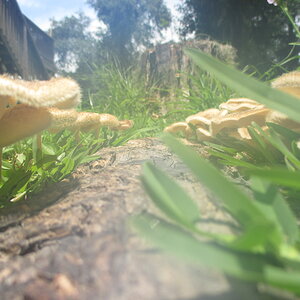Actor
TPF Noob!
- Joined
- Mar 4, 2007
- Messages
- 421
- Reaction score
- 1
- Location
- Ohio
- Can others edit my Photos
- Photos NOT OK to edit
I've been taking my color film to Target and Walgreens and getting "process and scan to CD, no prints." The scans are usually not to my liking so I edit them, adjusting exposure, brightness, contrast, etc. I also edit photos my wife takes with her DSLR.
OK. I'm not certain of this and maybe it's just me, but I get the feeling when I'm editing from a scanned negative I have less of an adjustment range than with a picture that was born digital. For example, if I move the control for "exposure" on a scanned neg it seems to go from unacceptably blown out in one direction to unacceptably dark in the other direction over a shorter distance than when I do the same thing with a digital original. I can't be certain that this is so because the pictures I took on film are not the same subject or light as the pictures she took with her DSLR.
If it's not my imagination, then what is happening? Is this simply the norm? Does a film to digital transfer simply lose data? Does it have to do with gamma? Are the labs not doing the scan correctly? Do I need better software? I'm using iPhoto on a Mac.
OK. I'm not certain of this and maybe it's just me, but I get the feeling when I'm editing from a scanned negative I have less of an adjustment range than with a picture that was born digital. For example, if I move the control for "exposure" on a scanned neg it seems to go from unacceptably blown out in one direction to unacceptably dark in the other direction over a shorter distance than when I do the same thing with a digital original. I can't be certain that this is so because the pictures I took on film are not the same subject or light as the pictures she took with her DSLR.
If it's not my imagination, then what is happening? Is this simply the norm? Does a film to digital transfer simply lose data? Does it have to do with gamma? Are the labs not doing the scan correctly? Do I need better software? I'm using iPhoto on a Mac.



![[No title]](/data/xfmg/thumbnail/37/37614-3833b9d2e46075829c91cf9c0f47af69.jpg?1619738150)
![[No title]](/data/xfmg/thumbnail/41/41906-b9041eb5a3fa48eb5d5084ac2198a75c.jpg?1619739940)
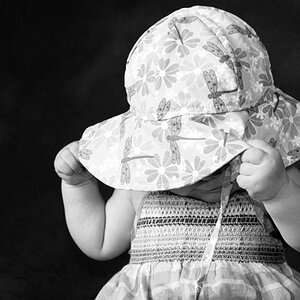
![[No title]](/data/xfmg/thumbnail/32/32176-48b4ba2fc0e35afa267c5882154e7620.jpg?1619735235)
![[No title]](/data/xfmg/thumbnail/42/42040-7a66cabbeffd44783ea44a91ef4d0e70.jpg?1619739987)

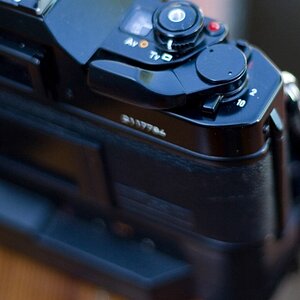
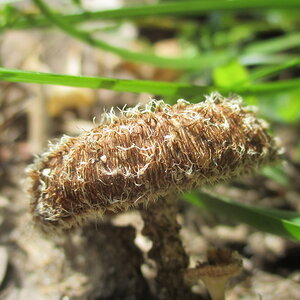
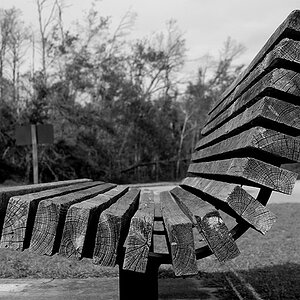

![[No title]](/data/xfmg/thumbnail/32/32180-aee1597d1cfb87ae220637f19420b65b.jpg?1619735235)
